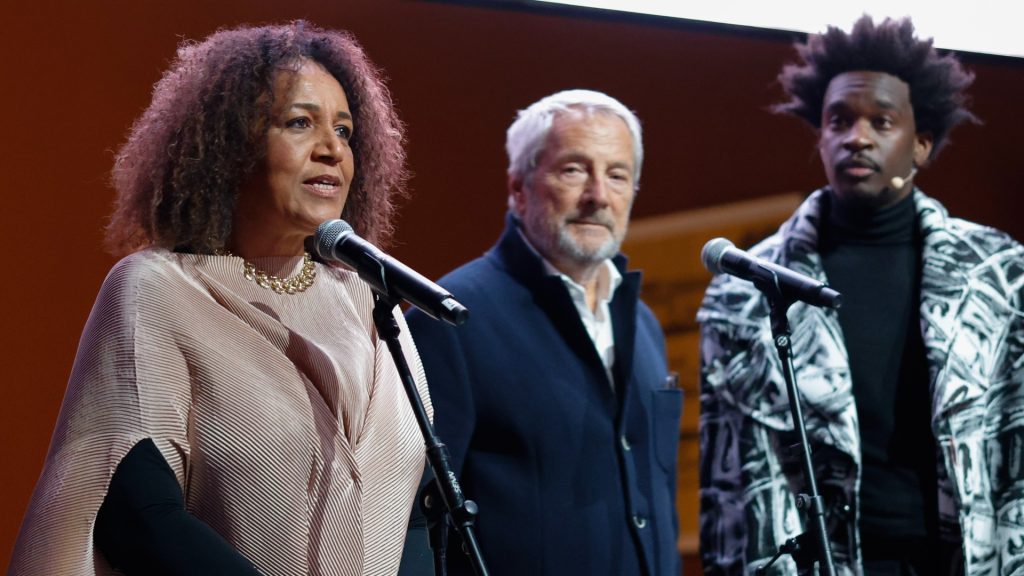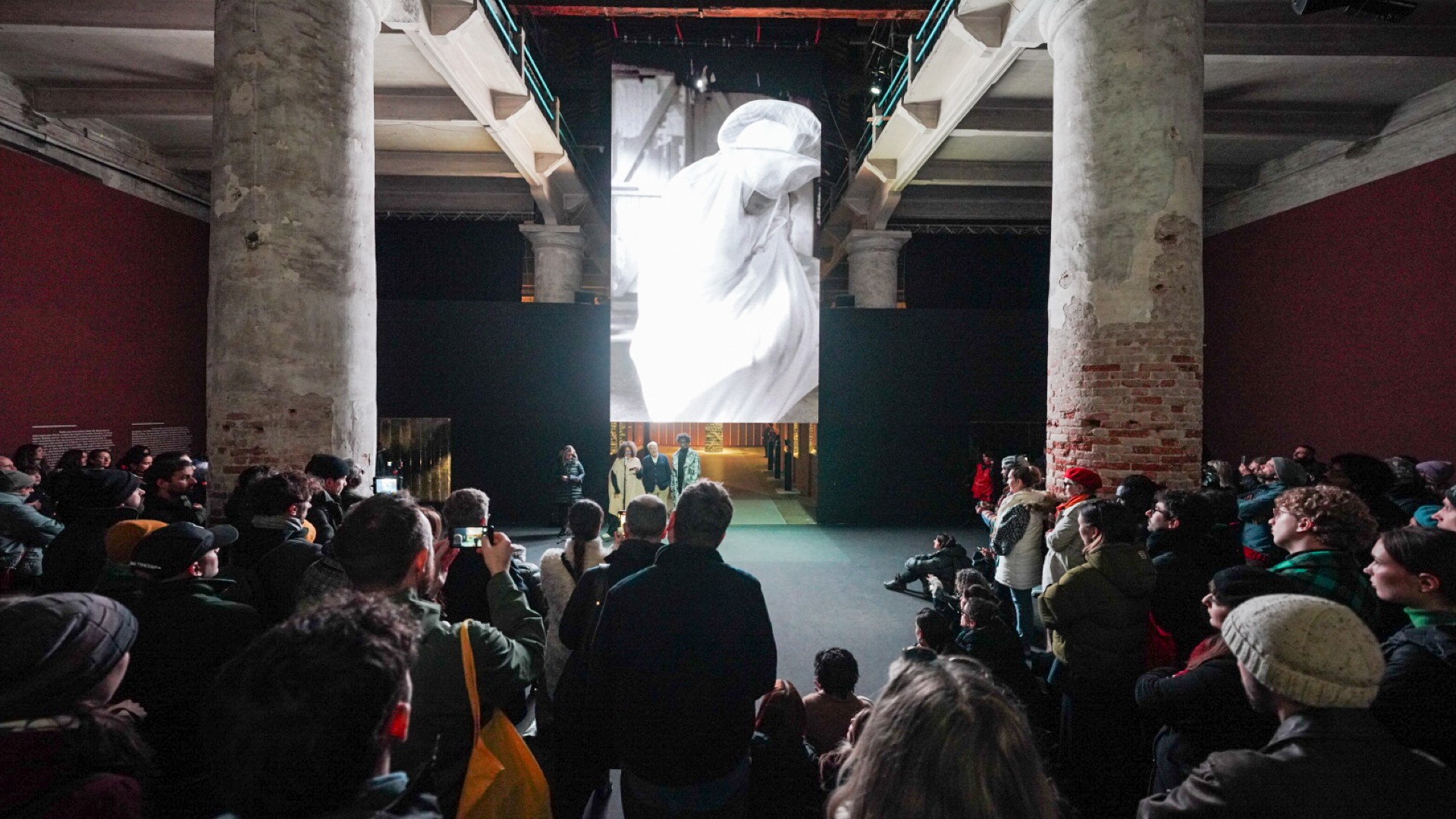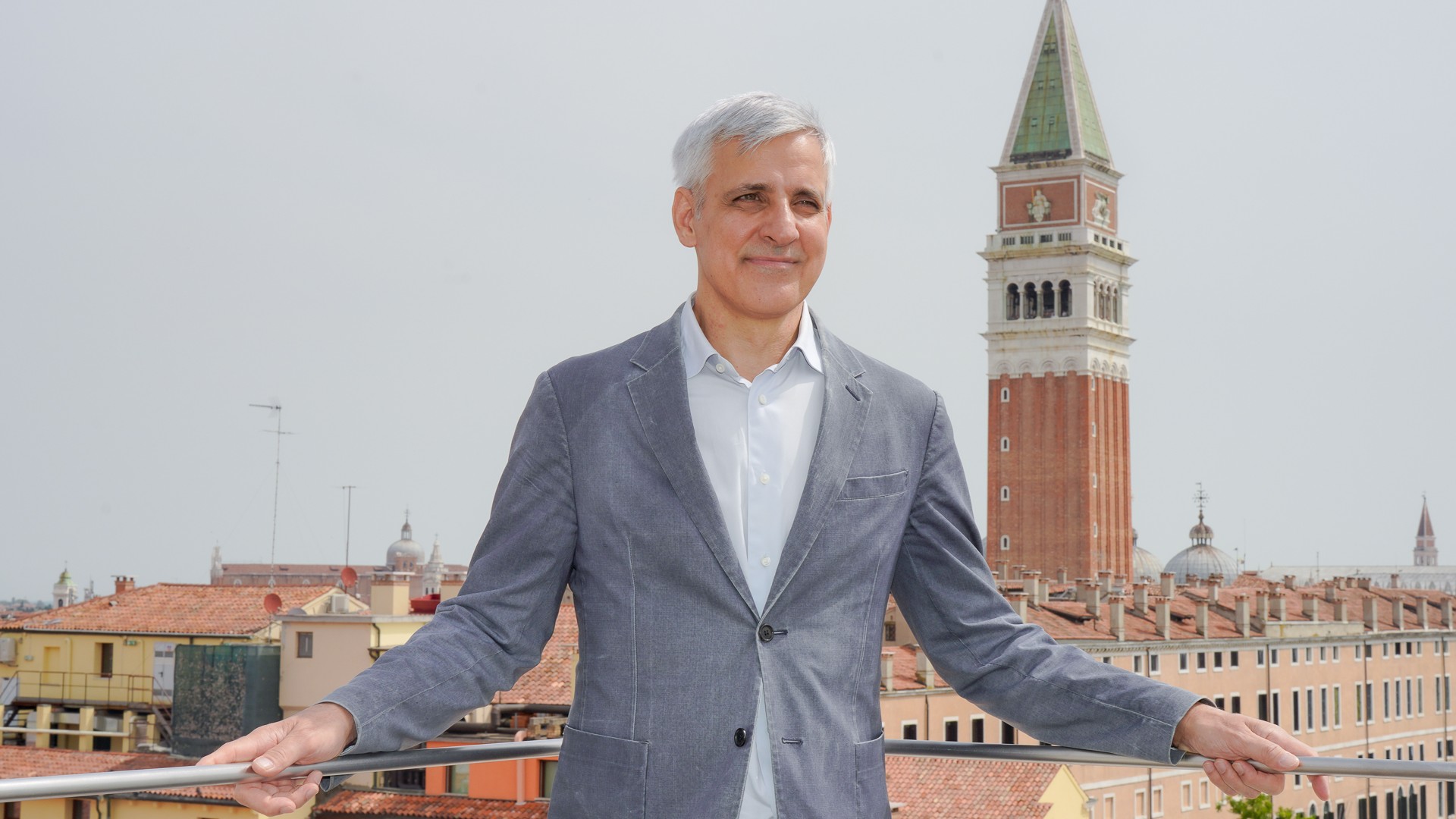
The 18th Architecture Biennale concluded on November 26th, an exhibition that, for the first time, focused on Africa, its diaspora, and the themes of decolonization and decarbonization. The total attendance over the six months was 285,000, with almost 40% being young people and students.
Even though, as the curator Lesley Lokko stated, “The test of any exhibition isn’t only in the number of tickets sold,” it’s time for the Biennale to take stock and translate into figures these six months of exhibitions and events spread across the Giardini, the Arsenale, and various locations in the city, aimed to fill in some ‘missing pages’ in the history of architecture.
I like to think – and only time will tell if it’s a reasonable assumption – that this exhibition was rich in threads, if not always in tapestries, and that its legacy is the impulse to continue making, stitching, sewing, saying, formulating new ideas about our profession, its place and importance in the world of thoughts and things, enriching discourses where it can, replacing where it should, repairing where it’s required and upholding and defending what’s valuable. Lesley Lokko
There were 285,000 tickets sold, in addition to over 14,000 attendees during the pre-opening days. The emerged data reflects both the significant international media engagement that the Biennale Architettura once again managed to generate (with over 2,500 accredited journalists only during the vernissage days and more than 5 million page views on the website over the six months of the exhibition) and the increasing presence of young people and students, who constituted 38% of the overall audience.
The 18th Biennale Architettura also marked another ‘first time,’ that of Biennale College Architettura. Over four weeks between June and July, the educational program, personally curated by Lesley Lokko, paired 15 international instructors with 49 participants, including students, graduates, academics, and emerging professionals from around the world, selected from a pool of 986 applicants.
The themes of decolonisation and decarbonisation have extended into many aspects of civil society, even in countries that seemed to be “protected” or less exposed. Roberto Cicutto

For the thirteenth consecutive year, the Biennale Sessions project, aimed at universities, fine arts academies, and institutions involved in architecture, visual arts, and related fields, facilitated the participation of student and faculty groups in the Exhibition. The presence was significant, involving 91 universities, of which 34 Italian and 57 foreign institutions, and over 4,200 students.
The 18th International Architecture Exhibition was the first major exhibition in this discipline to experiment with a pathway to achieve carbon neutrality. Thus, the Biennale continues its commitment to raising awareness and communicating on environmental conservation. In 2022, the Biennale obtained carbon neutrality certification for all its events held throughout the year. This achievement was made possible through meticulous data collection on the causes of CO2 emissions generated by the events, largely determined by visitor mobility, and the adoption of corresponding measures.

The doors of the Giardini and the Arsenale have closed, awaiting the next significant event that will bring these two iconic locations in the city back to life with new themes and inspirations. From April 20 to November 24, Venice will host the 60th International Art Exhibition curated by the Brazilian Adriano Pedrosa. With a project already previewed to the press, titled Stranieri Ovunque – Foreigners Everywhere, Pedrosa shifts the focus to another diaspora, one that unites artists who are immigrants, expatriates, diasporic, émigrés, exiles, and refugees, particularly those who have moved between the South and the North of the world.
The Exhibition will also focus on the broader and more universal sense of the term “foreigner,” reaching the concept of “estrangement,” a common condition for every individual in relation to others, regardless of their location.
In this context, Pedrosa’s choice to award the Golden Lion for Lifetime Achievement to two extraordinary and pioneering artists, as well as migrants, who embody in many ways the spirit of Stranieri Ovunque – Foreigners Everywhere: Anna Maria Maiolino (Scalea, Italy, 1942; living in São Paulo, Brazil), who migrated from Italy to South America, first to Venezuela and then to Brazil, where she currently resides, and Nil Yalter (Cairo, Egypt, 1938; living in Paris, France), Turkish, who moved from Cairo to Istanbul and finally to Paris, where she resides.
For the 60th Venice Art Biennale, Maiolino will present a new large-scale work that continues and develops her series of clay sculptures and installations, while Yalter will present a reconfiguration of her innovative installation Exile is a hard job, along with her iconic work Topak Ev (1973), located in the first room of the Central Pavilion of the Giardini. Both artists are participating for the first time in the Venice Art Biennale.